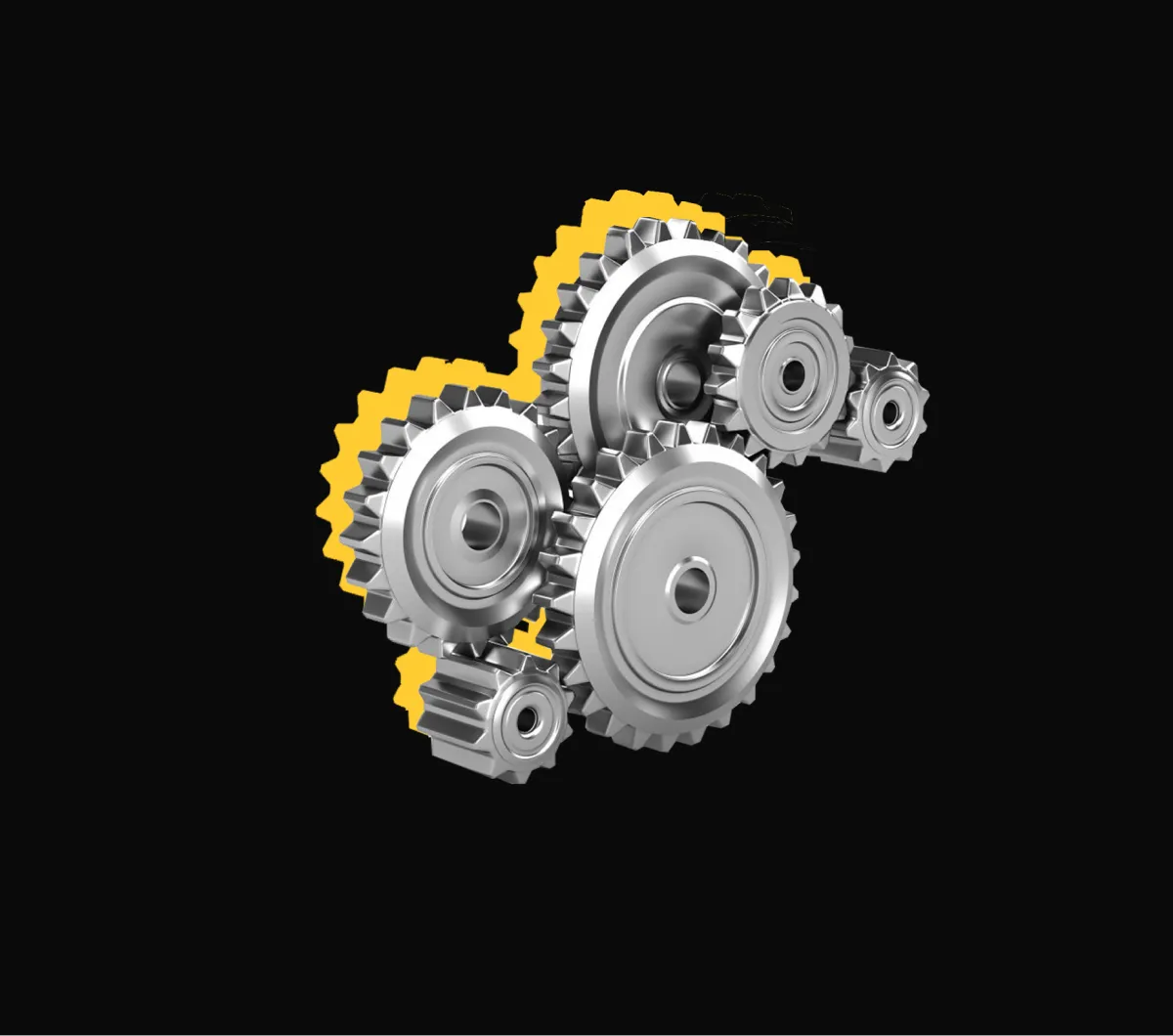WHAT IS BUSINESS AUTOMATION?
Normally, we are talking about platforms, systems, and a set of process rules implemented by companies to automate their business processes.
Business process automation can be of a different scale. But whether you run a liquor store or a huge tech company, it’s the first thing you should think of when you want to take mandatory, boring, or repetitive tasks off the hands of your team.
Another big opportunity for business process automation implementation is the need to eliminate or reduce the human factor in some sensitive aspects of your business. For example, payment technology.
This was, reportedly, the main reason behind the invention of the first payment automation system – the cash register.
THE INVENTION OF THE CASH REGISTER
Have you ever heard of Jacob Ritty? The man is considered to be among America’s most influential innovators. His invention has turned the retail business into what we see today. Right. It’s the cash register or Ritty’s Incorruptible Cashier (as it was called initially). Of course, today these heavy chunks of metal are near-relic, out-grossed by contemporary POS systems.
But it’s important to know where things came from. Funny enough, Ritty invented the cash register to “keep his bartenders honest” after he noticed an unfortunate regular reduction of his saloon everyday income. To put it simply, his employees were stealing from the till.
It was1871, when Ritty opened a whiskey, wine and cigar saloon in Dayton, Ohio. He spent the next several years trying to solve his business problem but with no significant success.
Finally, in 1878 the entrepreneur had his enlightening solution. He was on a transatlantic voyage to Europe, when he became fascinated by a tachometer machine in the engine room of the steamship. What if this device could count cash instead of ship’s propeller revolutions: he wondered.
Ritty was so thrilled with this idea that he cut his trip short and came back home to start the project immediately.
One year later (1879), world’s first cash register was patented by the American inventor.
PAYMENT TECHNOLOGY AUTOMATION
1949, the Diners Club card, the first iteration of a credit card, was created when a man forgot his wallet during a business lunch with client. For at least a decade, credit cards were made of cardboard.
1960, the National Cash Register (NCR) company produced the first mass-marketed computer.
1960-1980’s NCR went full power. New technology like ATMs and credit card processing machines changed the market forever.
Finally, in 2018, “cash is no more a king” with credit cards becoming the main form of consumer payments.
Today we are facing the new era of POS systems, mobile wallets, “tap to pay” or QR code payments as well as the rise of crypto. Although we might never go cash free completely, the trend is clear. Digital is the new cash.
WHAT IS CRM?
A digital-first approach serves businesses across all industries and sectors and it’s not only payment technology. There are proven methods of automating sales that can help you boost the workflow and increase the KPI’s of your business. This is when CRM comes to stage.
SALES AUTOMATION
Customer relationship management (CRM) is a technology (including special software) dedicated to managing interactions between your organization and its current or potential customers. The main goal of CRM is building maximally efficient relationships with clients and further business expansion.
CRM automation means the increased quality and speed of your company’s sales performance. With profit increase as a result.
MAIN TYPES OF SALES AUTOMATION
Automated record creation
The software monitors client profiles & automatically creates records in the CRM system;
Automated activity logging
CRM system collects consumers data enabling further contacts;
Automated research
The software identifying clients based on their data available online;
Automated data entry
Freeing sales managers from manually dialing numbers;
Communication automation
Facilitating automated communication at all sales stages;
Lead management automation
Software assisting sales managers with decision-making;
Automated guidance
Data-driven and stage-related tips for managers to boost sales.
THE FUTURE OF BUSINESS AUTOMATION
Історія автоматизації мала багато успіхів за короткий проміжок часу. Але це ще не кінець. З постійним розвитком автоматизації в оплаті, продажах і CRM-технологіях ми побачимо все більше бездоганних інноваційних рішень.
Деякі з них захоплюють і захоплюють водночас. Так, ми говоримо про інтерактивний ШІ.
